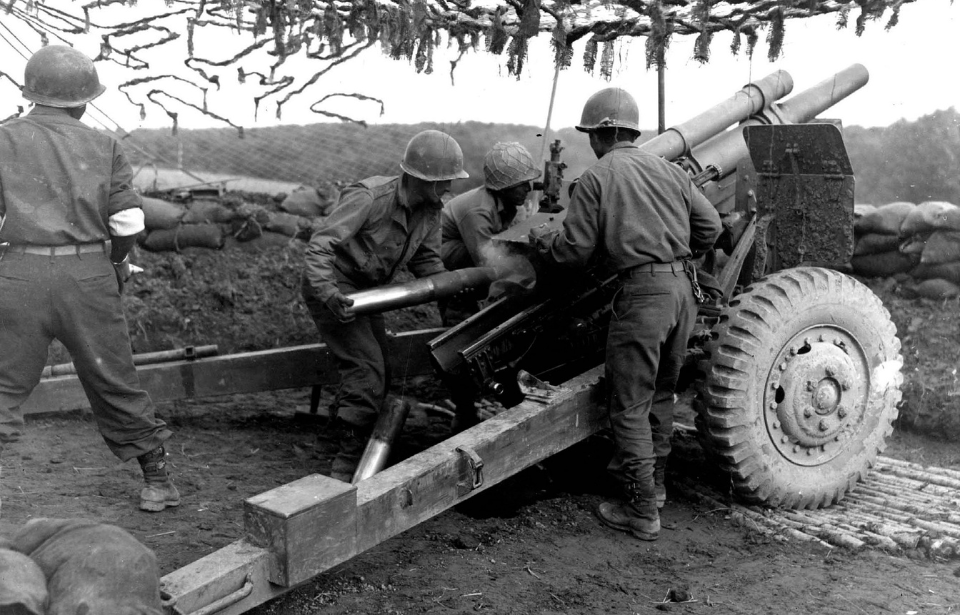The heroes of World War II came in all shapes and sizes, and some of the biggest fought for their country, despite facing injustice at home. Among them was the 442nd Regimental Combat Team, which was not only one of the most accomplished groups of the conflict, but also the most decorated of all those who fought as part of the US military.
Who made up the 442nd Regimental Combat Team?
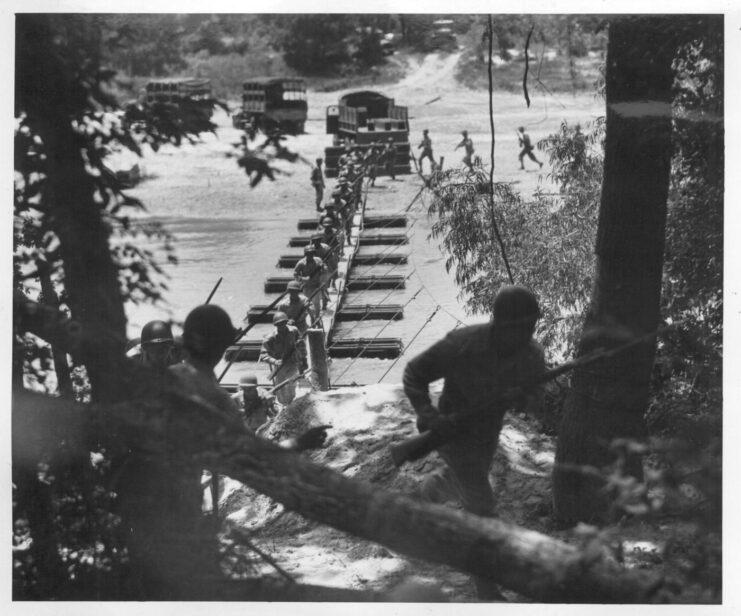
The 442nd Regimental Combat Team was made up of second-generation Japanese Americans who, along with their parents and grandparents, faced overt racism throughout the Second World War – particularly after the attack on Pearl Harbor. Many wound up being sent to internment camps that were erected across the West Cost, where they were held in substandard conditions.
Despite this affront, second-generation Japanese Americans, known as Nisei, still signed up to serve in the US military. However, while some signed up willingly, others were drafted. Anyone with language skills was either assigned to intelligence units charged with translating Japanese communications or became a spy, serving in the China Burma India Theater (CBI).
The rest were put into an infantry regiment.
Training volunteers and draftees for combat
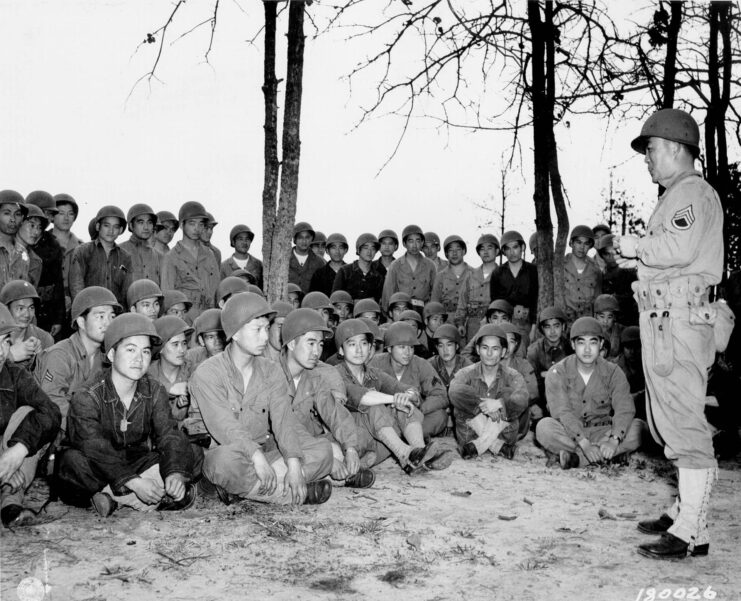
President Franklin D. Roosevelt established the 442nd Regimental Combat Team by saying, “Americanism is not, and never was, a matter of race or ancestry.” Those who volunteered and were drafted were sent to Camp Shelby, Mississippi, where they trained for combat overseas.
However, there was a caveat: they were generally not allowed to serve in the Pacific Theater. This was solely the result of the racial ideologies swirling around the United States at the time, as Americans of Italian and German descent experienced no such barrier when it came to being deployed to Europe.
A large portion of the 442nd came from Hawaii’s 100th Infantry Battalion, and by the time everyone had completed training, the combat team was made up of three infantry battalions (1st, 2nd and 3rd), the 522nd Field Artillery Battalion, the 232nd Engineer Company, the 206th Army Band, an anti-tank company, a medical detachment, a service company, headquarters companies and a cannon company.
Experiencing their first taste of combat in Italy
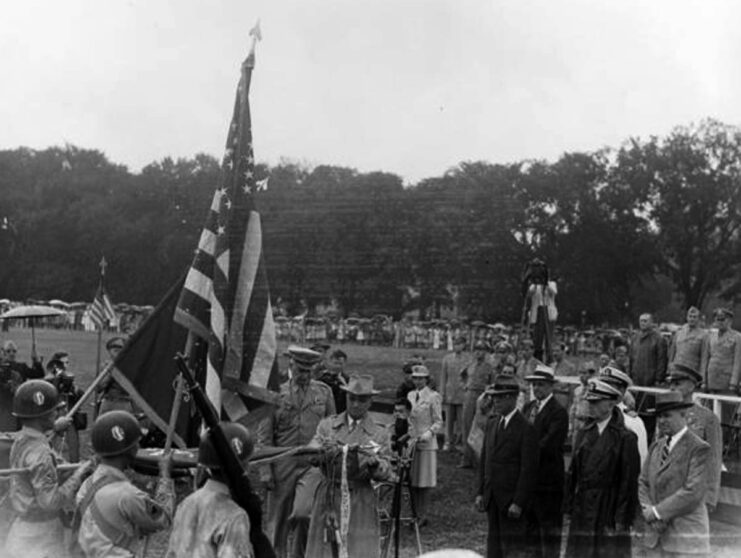
The 442nd Combat Regimental Team first experienced combat during the heavy fighting in Italy. In late June 1944, they cut off an entire portion of the Wehrmacht around Belvedere. As their Presidential Unit Citation explains, they boldly went into action, facing murderous fire from all types of weaponry. They were often without artillery support, yet somehow managed to attack the numerically superior enemy with such speed that they completely destroyed the German right flank.
Following this, the 442nd kept forcing the Germans north, continuing to push them out of Italian villages along the way. Before long, they’d split up, with the 100th Infantry Battalion remaining in Tuscany and a large portion of the rest crossing into France.
442nd Regimental Combat Team in France
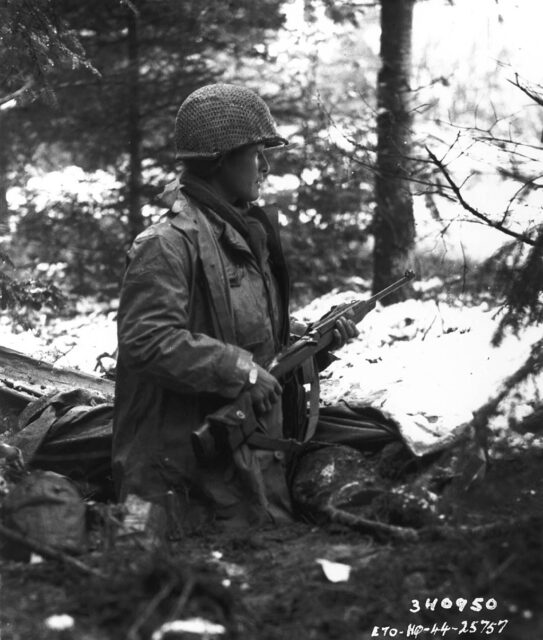
Similar to their early action, the 442nd Regimental Combat Team saw fierce action at Castellina and what was then called “Hill 140.” Both were positions where the Germans were heavily dug in, and, as such, they required a patient and dedicated advance under heavy fire.
The primary line of resistance was at Hill 140, and it initially looked bleak for the 442nd, who were unable to make much ground against the enemy, who battered them with artillery fire. The 2nd and 3rd Battalions were eventually able to conduct a move that mirrored that of a pincer movement, approaching from the western and eastern fronts, and, by July 7, 1944, the Germans fell.
At the same time, the 100th Infantry Battalion was in Castellina Marittima, where they encountered similarly heavy resistance. Eventually, the 442nd moved into the Vosges Mountains, where they engaged in a see-saw engagement around Bruyères. This was the last line of defense before breaching the German border with France, meaning the enemy, like at Hill 140, were heavily dug in.
Rescuing the ‘Lost Battalion’
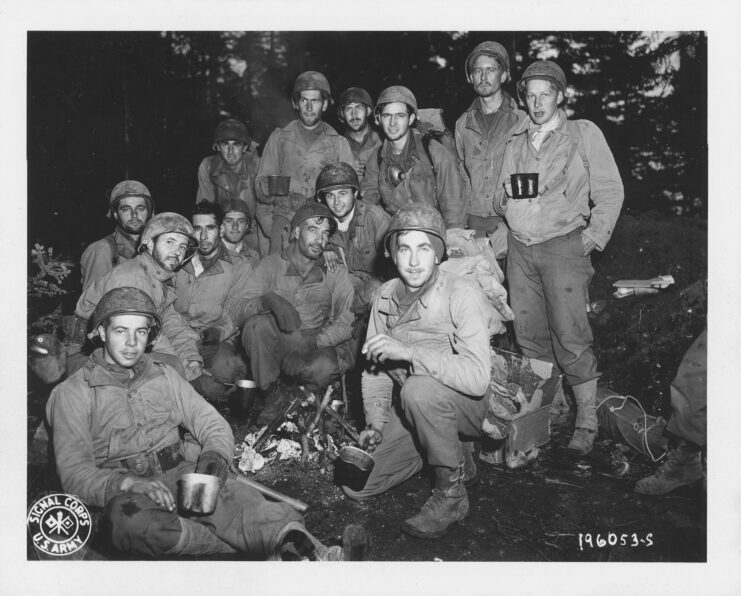
The 442nd Regimental Combat Team’s most famous incident, in which they rescued the “Lost Battalion,” occurred during this period of fighting. After the 141st Infantry Regiment, also called the Alamo Regiment, fought off heavy German counterattacks, they’d had to fall back, but a portion of their unit was stuck almost 1.2 miles behind the lines.
They dug in on a ridge and waited almost a week to be rescued. Despite the heavy fog, which prevented supply drops to the men, the 442nd persisted. Conditions reached a point where they had to hold on to each other as they advanced, and, despite rainfall, snow, cold, mud, fatigue, trench foot and even exploding trees, they reached the Lost Battalion and brought them back safely to the American lines.
Joining up with the 92nd Infantry Division
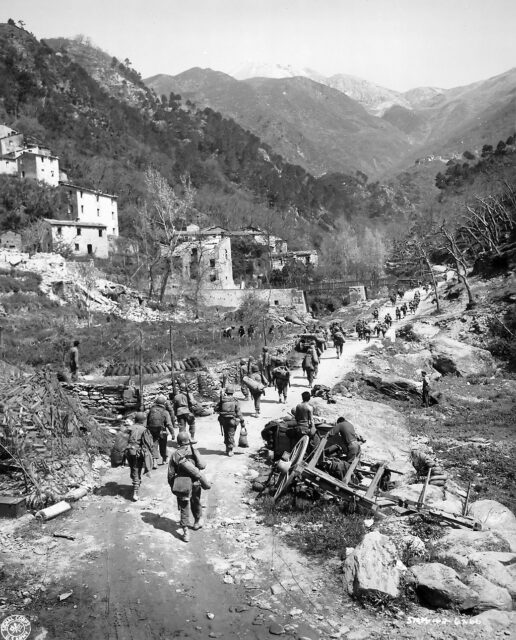
The 92nd Infantry Division was a segregated African-American unit that saw action in World War I and II. The “Buffalo Soldiers Division,” as they were nicknamed, saw action in Italy, where they were bolstered by the 442nd Regimental Combat Team.
By early 1945, the 92nd were fighting the 4th “Monte Rosa” Alpine Division, units serving the Italian puppet government that had allied itself with Germany. However, due to poor combat performance, including unauthorized withdrawals, they were considered inferior by their American leaders, leading to the division’s reorganization.
This was where the 442nd came in, along with the 473rd Infantry Regiment. The addition of the former drastically improved the 92nd’s performance.
How decorated was the 442nd Combat Regimental Team?
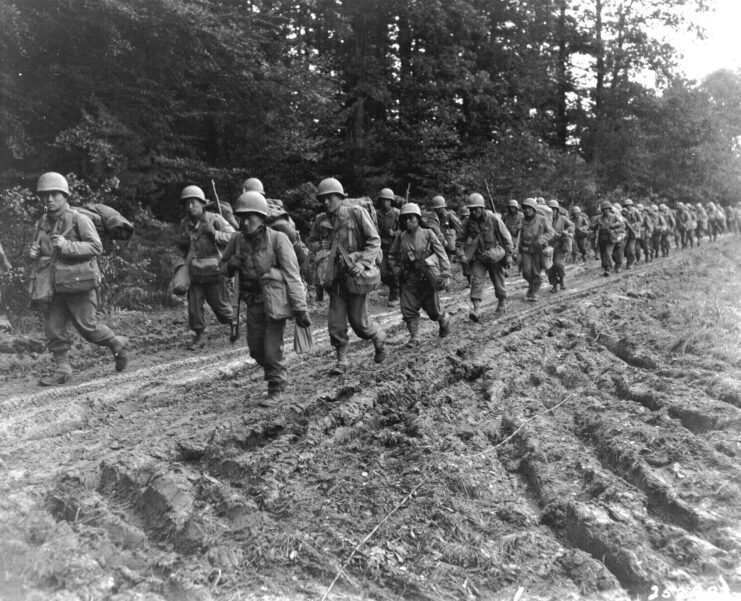
In their short time in action (we’re talking less than two years), the men of the 442nd Combat Regimental Team received 18,143 decorations, including an impressive 21 Medals of Honor, 4,000 Bronze Stars, eight Presidential Unit Citations (five awarded in the same month) and more than 4,000 Purple Hearts – and that’s just scratching the surface.
More from us: Second Sino-Japanese War: The ‘Asian Holocaust’ That Witnessed Some of History’s Most Horrific War Crimes
Want War History Online‘s content sent directly to your inbox? Sign up for our newsletter here!
In 2011, the surviving members of the 442nd were presented with the Congressional Gold Medal for their heroics during World War II, and the USS Hornet Sea, Air & Space Museum in Alameda, California, has a permanent exhibit dedicated to the combat team.
